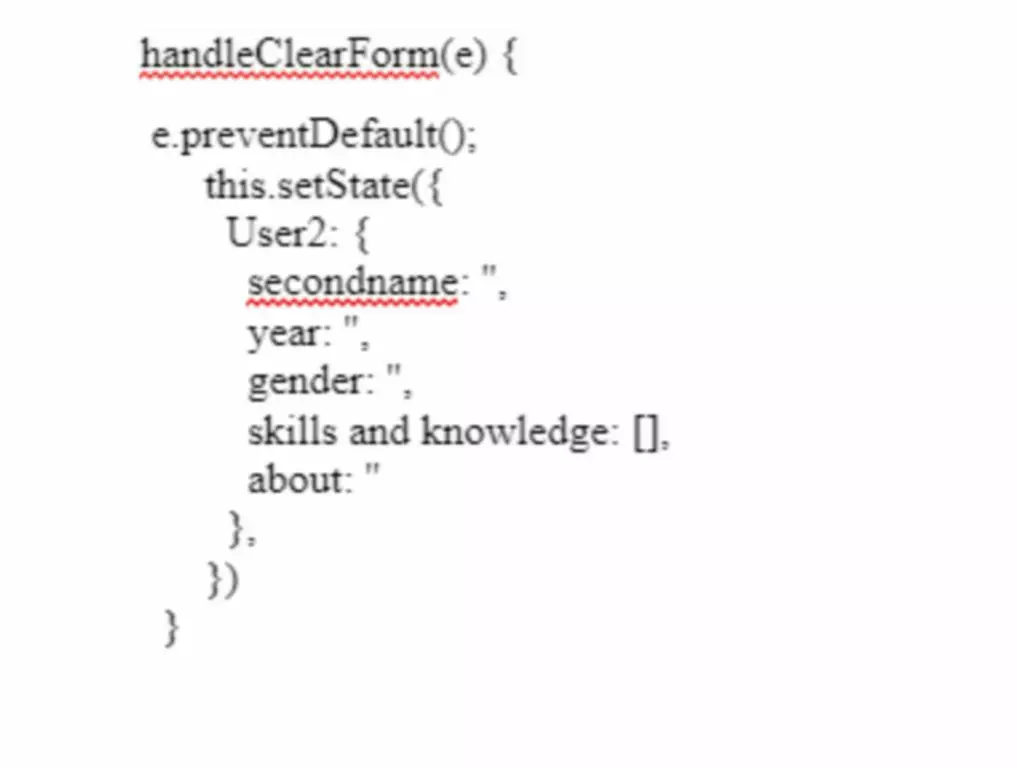The Statement can provide insight into other important business ratios and trends. For example, the section on debtors can tell you how long it takes to receive payment from customers. Rather than setting out separate requirements for presentation of the statement of cash flows, IAS 1.111 refers to IAS 7 Statement of Cash Flows. Depending on the size of an organization, different people may be involved in creating the statement using GAAP (accounting system used in the U.S.) or IFRA (accounting system adopted by 100+ countries) standards.
Statement of financial position helps users of financial statements to assess the financial health of an entity. When analyzed over several accounting periods, balance sheets may assist in identifying underlying trends in the financial position of the entity. It is particularly helpful in determining the state of the entity’s liquidity risk, financial risk, credit risk and business risk. Analysis of the statement of financial position could therefore assist the users of financial statements to predict the amount, timing and volatility of entity’s future earnings. Note that the principle of preparing the financial statement has changed, but the new approach is more appealing to the accounting users. Further, the entrepreneur need to note that as per IFRS, the names used for some of the balance sheet components have been changed, as we shall discuss.
- Debtors represent the amount of money owed by your customers at the time you compile your Statement.
- The template is pre-linked with the cash flow statement and statement of changes in equity.
- Like most other retailers, The Outlet’s inventory represents a significant proportion of its current assets, and so should be carefully examined.
- The process is often a part of any program evaluation review technique (PERT), a project management tool that provides a graphical representation of a project’s timeline.
It provides a guide to the financial health of your business, so it’s essential to understand its components and their significance. Obviously, internal management also uses the financial position statement to track and improve operations over time. Investors use this information to compare the company’s current performance with past performance to gauge the growth and health of the business. They also compare this information with other companies’ reports to decide where the opportune place is to invest their money. As you prepare a statement of financial position, be more critical than a passive user of the statement of financial position.
SIC-8 — First-time Application of IASs as the Primary Basis of Accounting
Overall, a statement of financial position helps users of financial information keep the business profitable in the short as well as long run. It also helps reaffirm stakeholders’ vision and mission by evaluating the pace toward their goals and refining their strategies. A statement of financial position is used by business owners, investors, and management to quickly get an overview of the financial strengths and potential of a business.
Also, within each category, the items are arranged in order of liquidity—from less liquid (such as long-term or noncurrent asset) to more liquid (such as cash equivalents). Liquidity refers to the ease with which a resource can be converted into cash. One of the best ways to keep an eye on your finances is through a statement of financial position, also called a balance sheet. According to IFRS the implication to the accounting information users is that, bookkeeping always starts with asking ourselves about the financial position of the business. On the balance sheet, they are divided into long-term and short-term assets.
- Suppose that we are examining the financial statements of the fictitious publicly listed retailer The Outlet to evaluate its financial position.
- This is in contrast to other financial statements such as an income statement that shows where money is being spent on a day-to-day basis.
- Overall, a statement of financial position helps users of financial information keep the business profitable in the short as well as long run.
- According to IFRS, a balance sheet is referred to as statement of financial position.
This most frequently means mortgage payments and long-term debt used to purchase long term assets. Short-term liabilities cover a wide array of different things that you might need to pay. This includes accounts payable which could mean any outstanding loans that you owe to creditors and vendors or could also include payroll that you still owe employees. As for the equity of a company, it tells you what a company is worth. Therefore, if you were to sell your business, liquidate all your assets and pay off all your loans and debts, what you have left is your equity. It is important for businesses and corporations to compile a statement of financial position regularly as it provides insight into their financial situation and health.
IAS 1 — Presentation of Financial Statements
An asset is something that an entity owns or controls in order to derive economic benefits from its use. Assets must be classified in the balance sheet as current or non-current depending on the duration over which the reporting entity expects to derive economic benefit from its use. Adding together your profit or loss, capital and reserves and funds not yet paid to settle current liabilities provides you with a figure for capital at the end of the year. On the financial position statement, assets are represented on the left, and liabilities and equity on the right. Assets and liabilities are further subdivided into current and noncurrent (or long term) depending on the ease with which assets can be converted into cash and liabilities can be settled.
Creditors, on the other hand, are not typically concerned with comparing companies in the sense of investment decision-making. They are more concerned with the health of a business and the company’s ability to pay its loan payments. Analyzing the leverage ratios, debt levels, and overall risk of the company gives creditors a good understanding of the risk involving in loaning a company money. In this sense, investors and creditors can go back in time to see what the financial position of a company was on a given date by looking at the balance sheet. It displays information in the form of an accounting equation with assets on the left and liability and equities on the right (illustrated below). In practice, however, you don’t necessarily have to follow the equation format for representation; you can also use vertical presentation.
Incorporating a limited company: A guide
This format represents the performance of the three components over time. It shows historical figures alongside the latest figures and the percentage change. The right and left division (as in a balance sheet) is generally not used in this format. Preparation of this financial statement follows a particular format for arranging its major components and items, which we explain in the next section. By comparing the company’s market value to its book value, investors can, in part, determine whether a stock is under- or over-priced. The market-to-book multiple, while it does have shortcomings, remains a crucial tool for value investors.
If we subtract total liabilities from assets, we are left with shareholder equity. Essentially, this is the book value, or accounting value, of the shareholders’ stake in the company. It is principally made up of the capital contributed by shareholders over time and profits earned and retained by the company, including that portion of any profit not paid to shareholders as a dividend.
Who prepares a statement of financial position (or balance sheet)?
If you run a small business, you’re probably familiar with the term ‘balance sheet’. However, like ‘the Artist Formerly Known as Prince’ the balance sheet is now known as the ‘Statement of financial position’. Small business owners juggle multiple responsibilities, and in the bustle, accounting often takes a back seat. But even though your bank balance seems okay, there could be declining fundamentals that may not show up until it’s too late.
The example of a Statement of financial position includes a number of important terms. If you’re a business owner, an investor, or part of management, the quickest path to peace of mind is knowing the numbers of your business. Whether you hire in-house accounting talent, outsource your accounting needs, or do it yourself, it’s crucial to know where you stand financially.
An example of a long-term liability is any mortgage or loan that the company owes, whereas a short-term liability can be things such as accounts payable and tax currently payable which should be disbursed shortly. In other words, this measures their stake in the company and how much the shareholders or partners actually own. This section is displayed what is a natural business year slightly different depending on the type of entity. For example a corporation would list the common stock, preferred stock, additional paid-in capital, treasury stock, and retained earnings. Meanwhile, a partnership would simply list the members’ capital account balances including the current earnings, contributions, and distributions.
HMRC allows you to depreciate different types of asset by a specific percentage each financial year. Now that we know what the purpose of this financial statement is, let’s analyze how this report is formatted in a little more detail. The P&L, Balance sheet, and Cash flow statements are three interrelated parts. Equity investments involve purchasing company shares on the stock market, with investors aiming to benefit from a firm�…






